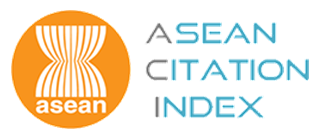EFFECTS OF PRUNING INTENSITY AND SEASON ON WOUND OCCLUSION AND STEM FORM OF TEAK (<em>TECTONA</em> <em>GRANDIS</em>) IN CHINA
Keywords:
Occlusion proportion, sprouting rate, growth performance, teak plantationAbstract
Pruning is an important and beneficial management practice for improving stem form in teak plantations and obtaining knot-free timber. However, the effects of pruning intensity and seasonal timing on pruning wound occlusion and stem form of teak are not well understood. In this study, a pruning trial with two factors of intensity and season was conducted in a four-year-old teak plantation in Nanning City, Guangxi Zhuang Autonomous Region, China. The wound occlusion rate and the proportion of complete occlusion were relatively higher when pruning intensity was 55% in the vigorous growth period. The number of sprouts around the wound increased gradually with pruning intensity, but the sprouting rate exhibited a decreased trend. Both of these values were minimum when pruning was conducted in the vigorous growth period. Pruning intensity strongly affected teak stem form. Ratios of height to diameter of stem and crown diameter to length also tended to increase with pruning intensity because of the distinct increase in tree height. Based on our results, pruning of teak should be conducted with 55% intensity in the vigorous growth period. In addition, epicormic shoots should be removed to enhance growth in height and to obtain defect-free straight bole.




